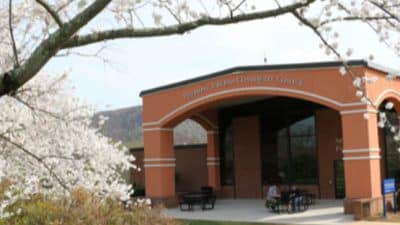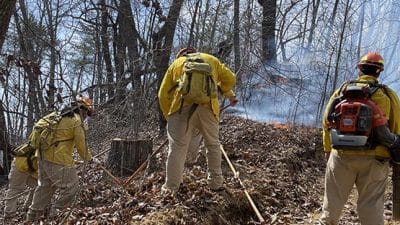
“You can choose trees that have a specific exfoliating bark that is beautiful in the winter and even attractive during summer months,” Viette said. He cited the Chinese dogwood, which sheds bark in the winter, creating a dappled effect on the trees’ trunks and branches. “Cherries have beautiful bark. It can be quite shiny when they’re young,” Viette continued. “But remember this name: the Japanese tree lilac. Here in our garden, we have planted a few of these easy-to-grow, yellow-blooming trees. They bloom sometime toward the end of May and early June.”
Another of Viette’s favorite trees with exfoliating bark is the crapemyrtle. “Just imagine how a giraffe’s neck looks,” he said by way of description. “This is a small tree with trunks that do not typically get too large in diameter. You’ll see alternating colors, cinnamon and a pale, almost white color on them. And it’s kind of neat the way this bark just peels off the tree, leaving really smooth, almost velvety new bark.”
He recommended the Natchez variety of crapemyrtle. “It has a pure white flower. It may not be as pretty when it blooms as the pink- and red-blooming crapemyrtles, but it does have the best exfoliating bark.”
Viette and his father, Andre Viette, operate Viette Nurseries in Fishersville, and he appears regularly on Virginia Farm Bureau Federation’s weekly television program, Real Virginia, seen on most public television stations in Virginia and on RFD-TV. Real Virginia also can be viewed at VaFarmBureau.org.










